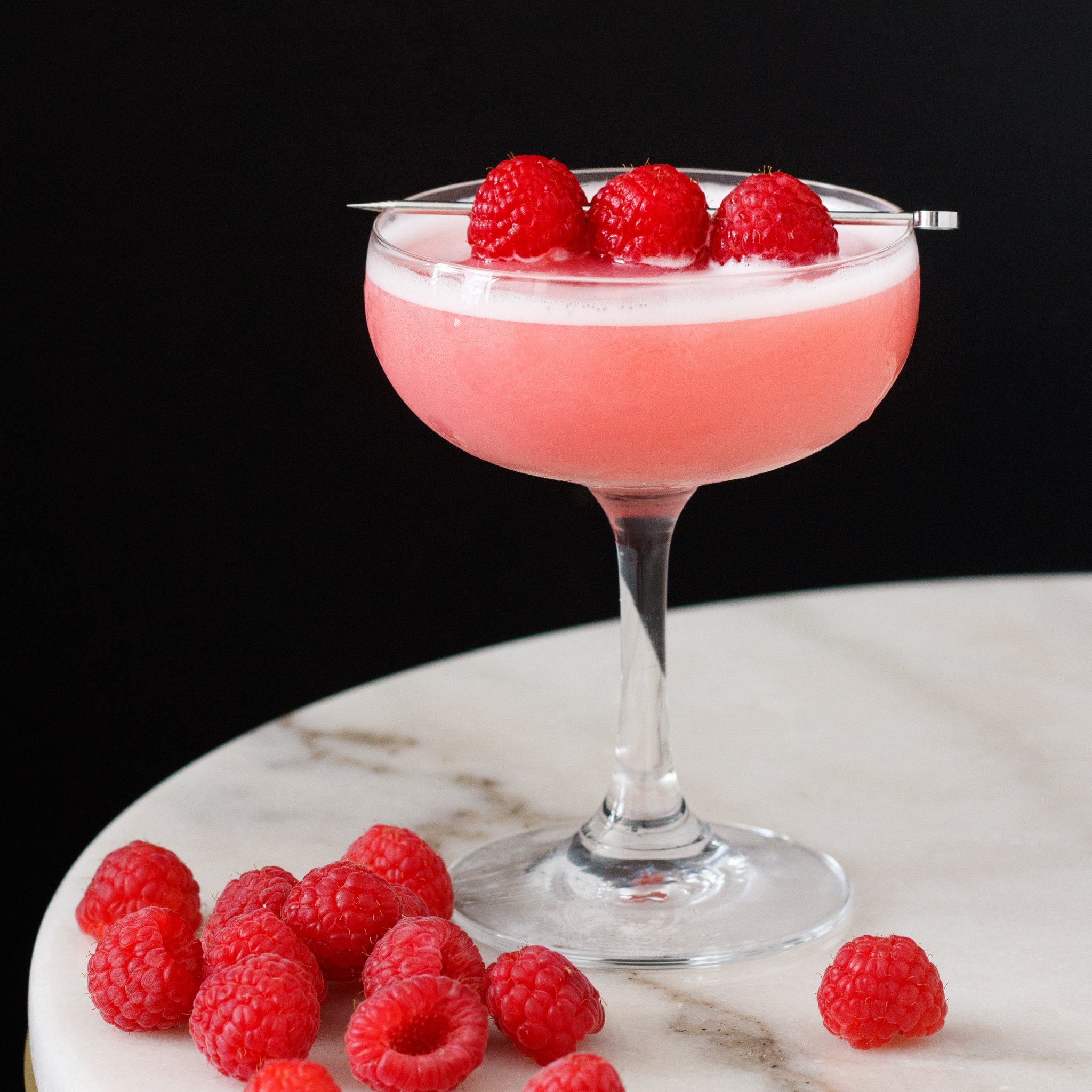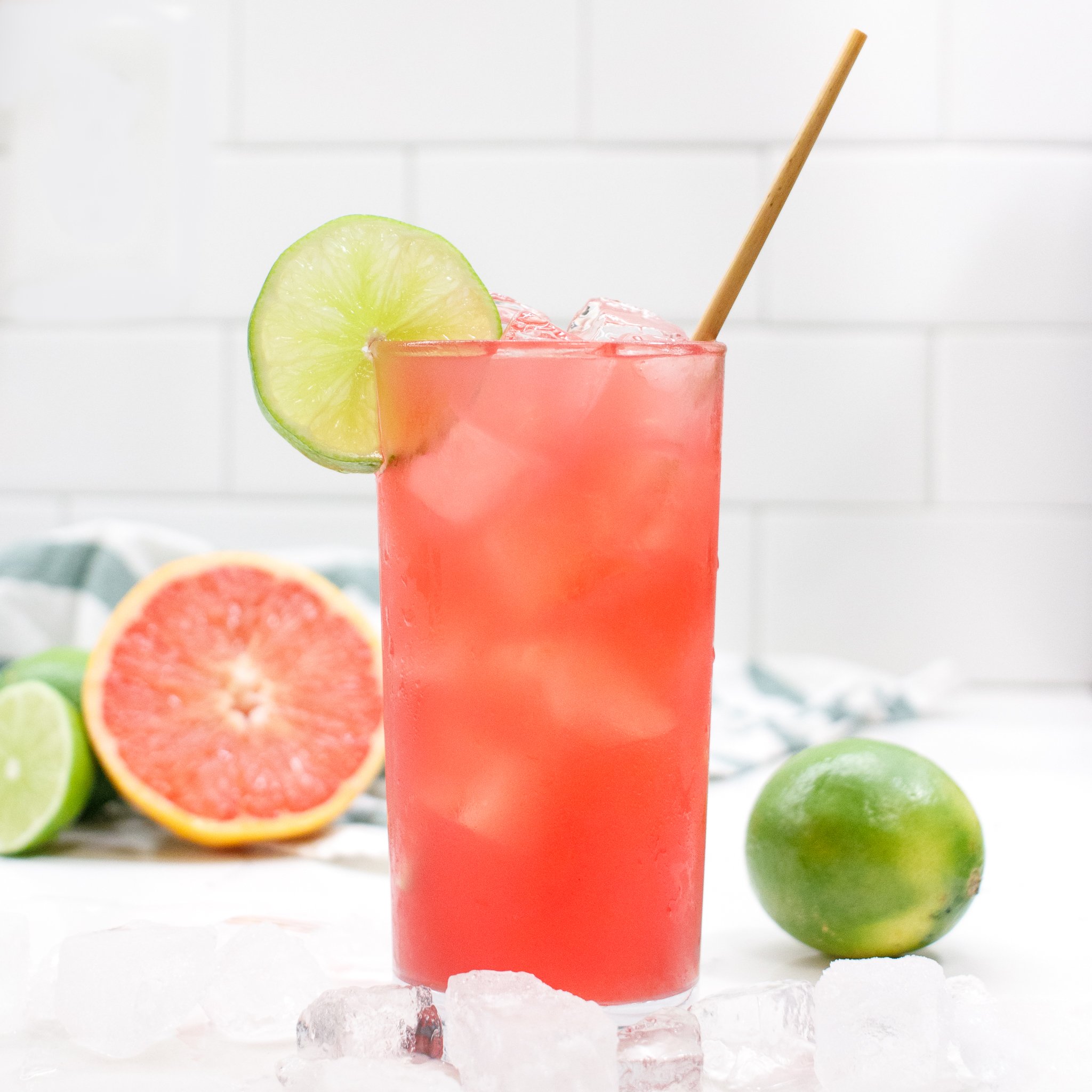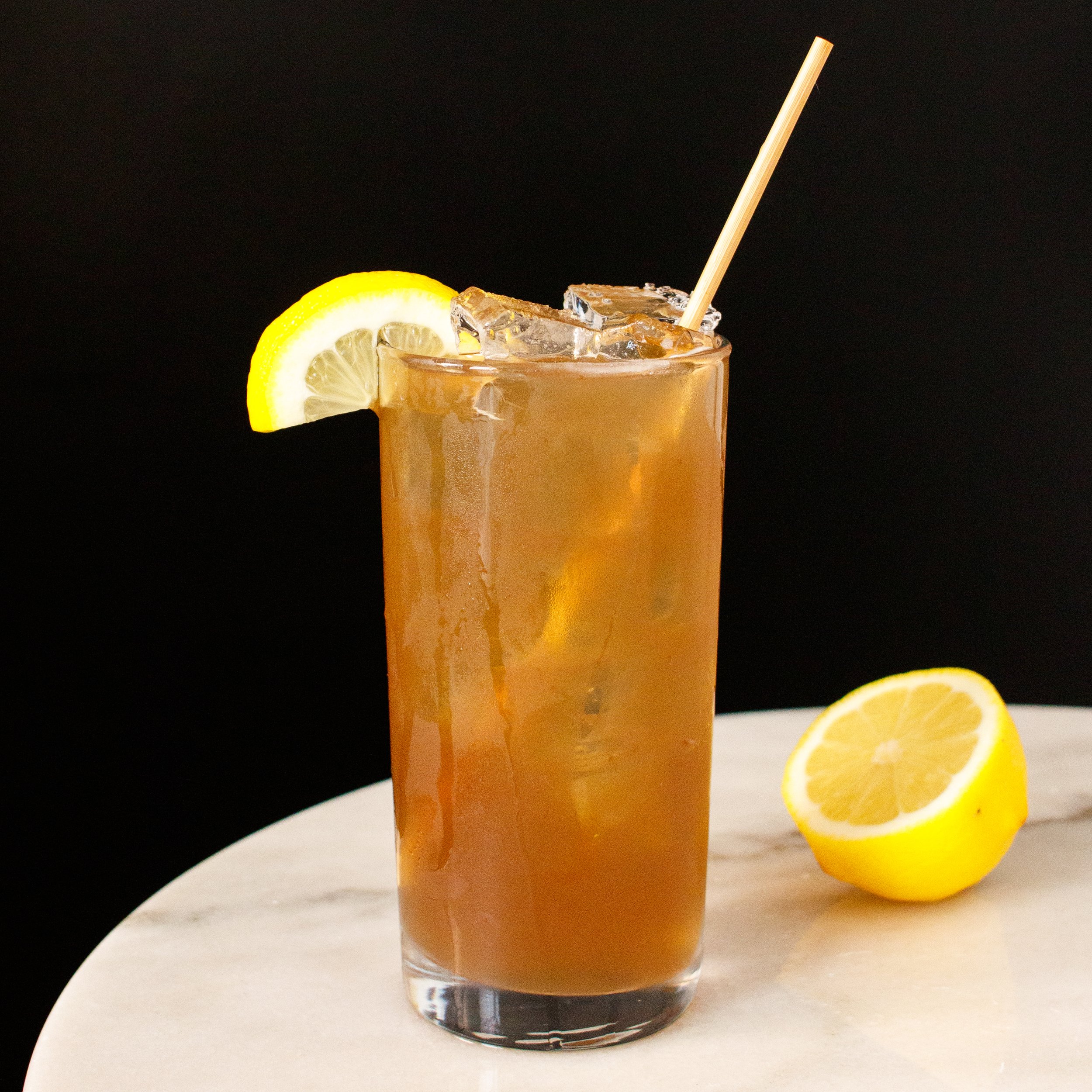The margarita, Mexico’s classic Tequila sour, is one of the best-known cocktails in the world. Of course, Like most classic cocktails, the origin story of the margarita is a bit tough to nail down.
There are countless stories about tequila drinks being created in the 1930s or 40s to impress some anecdotal woman named Margaret, or Maggie, or Marjorie. One story even says that the Margarita was named after actress Rita Hayworth (whose real name was Margarita Casino). All of these stories sound plausible-ish but none of them have any real proof.
Cocktail historian David Wondrich agrees that they have the timeframe right, 30s/40s, but that rather than being named after some unknown Margaret, the margarita is actually named after an older classic cocktail from the 1860s or 70s called a Daisy. The original Daisy was made with Whiskey, but most cocktails back then were seen as guidelines that could be made with any liquor you wanted. No matter what base spirit you used, the Daisy was made with lemon juice and orange liqueur mixed with soda.
According to Wondrich, at some point in the mid-1920s, a customer walked up to Henry Madden, the bartender at the Turf Bar in Tijuana and asked for a Gin Daisy. He told a reporter in 1936, “I grabbed the wrong bottle”—the tequila bottle. “The customer was so delighted that he called for another and spread the good news far and wide.” By the mid-1930s, the tequila daisy was all over Mexico and was spreading to Los Angeles. Some people even started putting a salt rim on the glass, since the Daisy is a close cousin to the Sidecar, which has a sugar rim, and everybody knew that you drank tequila with salt back then.
As for the name, as it turns out, the Spanish word for the Daisy flower is actually “Margarita”.
The first time the Margarita recipe appeared in print was 1953, in the pages of Esquire Magazine. “She’s from Mexico, Señores, and her name is the Margarita Cocktail. She is lovely to look at, exciting and provocative.” The recipe that followed is exactly what we would recognize today as a standard Margarita: tequila, lime juice, triple sec, and a salted rim.
A few years later, things really took off when a Los Angeles liquor distributor noticed that one of his accounts was selling more tequila than anyone else, thanks to the Margarita on their cocktail menu. He started advertising the drink to his other accounts, and by the early 60s, every Mexican restaurant in America knew how to make a Margarita. By the 70s, practically every bar did.
In the 1960s, blenders and frozen drinks were also becoming more common in bars, and the frozen Margarita became a very common and popular variation. Then, in 1971, a Dallas restaurateur named Mariano Martinez got tired of orders backing up while his bartenders blended margaritas one at a time. So, he bought an old soft-serve machine and adapted it to create the world’s first frozen margarita machine. It was an instant hit, and just a few years later Jimmy Buffet released his top-ten hit, Margaritaville. Martinez’s original margarita machine went into the Smithsonian in 2005.










